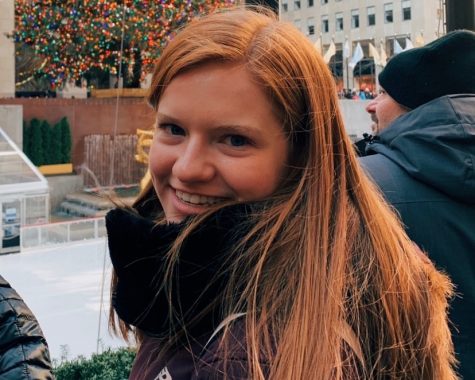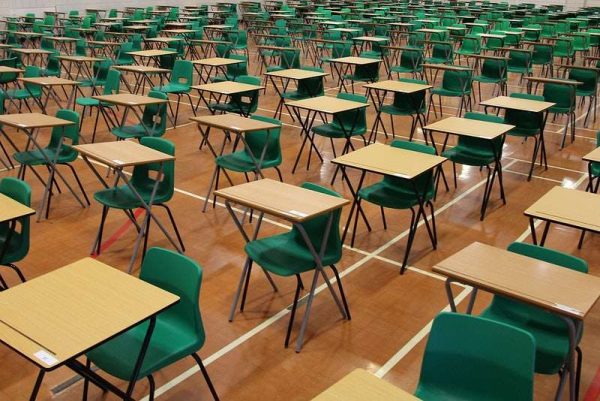Students Returning from Medical Leaves of Absence: How Hard is the Transition?
As the school year progresses, it is inevitable that an unexpected number of “student medical leaves” enter into the attendance equation.
Medical leave is when a student’s health compromises their ability to go to school-physically or mentally. It is crucial that when returning to the building, students are granted the tools and time needed to catch up in the most efficient way.
Therefore, the debate arises: does Fairfield Ludlowe have an effective return policy for returning students?
Webster House counselor Joanne Caserta states, “I think that every medical situation is different so it is hard to have a set policy,.therefore it’s hard to make a black and white policy.” It is nearly impossible to group all of the students’ reasons for medical leave together whereas for an example, a one week leave of absence for a broken wrist is differentiated from a two month mental health absence.
Fairfield Ludlowe principal Greg Hatzis adds that while “it’s hard to make it a black and white process,” Ludlowe’s “main priority is that the school environment is safe for them…safety is always the number one priority.”
Many teachers and staff agree with Hatzis and Caserta that no matter the type of medical reasoning for the leave, upon returning, Ludlowe wishes to create an environment that is both safe and not overwhelming. Nevertheless there are flaws to the system.
Timothy Morris, Fairfield Ludlowe student support counselor responds when asked if the return policy is effective with, “Yes and no; it all depends what you are out for and how much time you are out.” For example, if a student is out for mental health, they won’t heal as if it was a broken bone, that student will most likely need more support and time once returning to school.
Although most students take their return seriously and are on top of assignments, some need extra motivation. Hatzis expands on this by stating that “in some cases, students may take advantage of the system.” For some students it is more difficult to find motivation to complete missing assignments on top of new material. In cases like this, some students may take advantage of leiniousy from their teachers and continuously not meet deadlines.
Teacher cooperation is crucial, and most likely one of the critical factors playing into how smooth the students’ transition back to the school environment. When asked about teachers’ flexibility, Mrs. Caserta responded, “some teachers in general are more rigid, so it’s harder to be flexible.” Throughout the years she learned that teachers who are typically less flexible in these types of scenarios are “learning as they go.” Furthermore, Hatzis elaborates, expressing “I think that if [teachers] are aware of the situation, the teacher will certainly be understanding about it.” He emphasized that teachers who know what is happening and how hard/smooth of a transition it has been for a student will be more likely to be flexible.
When teachers are left in the dark about the students’ struggles, it makes empathizing and flexibility harder. As Caserta stated earlier, it is important to learn, as there are many things that can be done to improve the policy.
Firstly, the main flaw in the system is flexibility with grading. Caserta acknowledges, “I wish we had the chance to be more flexible with grading and meeting the deadlines.” If students had more time to make up tests without their grades becoming zeros, it would result in way less stress and pressure put on the student.
Morris contributes to this idea of more time for deadlines when demanding “there has to be a different policy for make-up work and tests.” The issue with tight deadlines for work and tests is that when rushed, it is not a direct symbol of the students’ abilities and mastery, rather just a result of stress.
“The problem is missing new material when making up missed material,” Hatzis states. When a student is making up a test that was missed due to a medical reason, they are likely in the hallway while the class is learning a whole new set of material. This cycle will continue throughout the year and result in a great build up of material and anxiety.
New policies need to be put into place that can continue to assure students a safer, less overwhelming environment upon returning from extended absences. Although the system has worked over the years, it is most certainly not perfect and could use some attention and ratification.

Isabelle is the Photography Editor for Prospect. This is her third year as a photographer on the Prospect staff.






